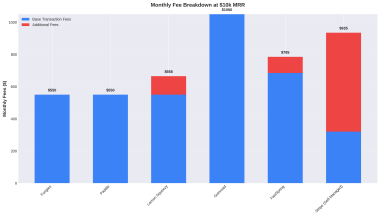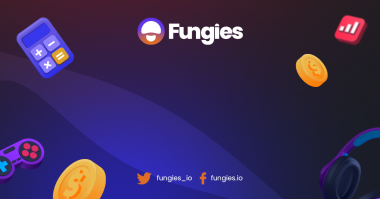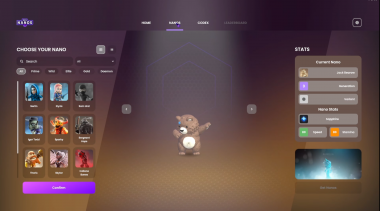Introduction:
In the rapidly evolving world of gaming, indie game development has emerged as an exciting avenue for aspiring creators. Self-publishing an indie game allows developers to retain creative control, explore unique ideas, and potentially reach a global audience. This comprehensive guide aims to provide future indie game developers with invaluable insights, tools, tips, and success stories to navigate the process of self-publishing their own game successfully.
Understanding the Indie Game Landscape: Before embarking on your indie game development journey, it is crucial to understand the current state of the indie game landscape. Research successful indie games and explore different genres to gain inspiration and insights. Pay attention to market trends, player preferences, and emerging technologies. This knowledge will help you identify unique selling points and make informed decisions throughout the development and publishing process.
Planning Your Indie Game Project: Effective planning is the foundation for a successful indie game. Start by defining your game concept, target audience, and overall vision. Create a detailed game design document (GDD) that outlines mechanics, storylines, art style, and audio requirements. This document will serve as a roadmap during development and help you stay focused on your goals.
Building and Polishing Your Game: To bring your indie game to life, you need a robust development process. Select a game engine that aligns with your project’s requirements and your team’s skills. Popular game engines like Unity and Unreal Engine offer comprehensive toolsets and a supportive community. Collaborate with talented artists, programmers, and sound designers to create engaging visuals, smooth gameplay, and immersive audio. Constantly playtest your game and gather feedback from diverse groups to identify and address any issues.
Marketing and Promotion: Even the most exceptional indie game needs effective marketing and promotion to gain visibility. Start building an online presence early on by creating a website, social media profiles, and a dedicated community. Engage with potential players, showcase development progress, and gather feedback. Create enticing trailers, screenshots, and gameplay videos to generate excitement and interest. Consider reaching out to gaming influencers and journalists for reviews and coverage. Building a strong and engaged community will be instrumental in creating buzz and driving sales upon release.
Choosing the Right Platforms for Distribution: Selecting the appropriate platforms for distribution is crucial for the success of your indie game. Research popular gaming platforms such as Steam, Itch.io, Epic Games Store, and console marketplaces like PlayStation Network, Xbox Live, and Nintendo eShop. Evaluate their target audiences, revenue share models, and submission requirements to make an informed decision. Consider the platform’s reach, discoverability, and marketing support they offer to maximize your game’s exposure.
Self-Publishing Tools and Platforms
Several tools and platforms can simplify the self-publishing process for indie game developers. Here are a few notable options:
Unity Asset Store: The Unity Asset Store offers a wide range of assets, plugins, and tools to enhance your game’s development and overall quality. It provides a convenient marketplace for finding art assets, sound effects, scripts, and more. Take advantage of this resource to accelerate your development process and elevate the production value of your game.
Unreal Engine Marketplace: Similar to the Unity Asset Store, the Unreal Engine Marketplace provides a wealth of assets and plugins for developers using Unreal Engine. Whether you need high-quality 3D models, audio assets, or visual effects, the marketplace offers a vast selection to help you create a polished and visually stunning game.
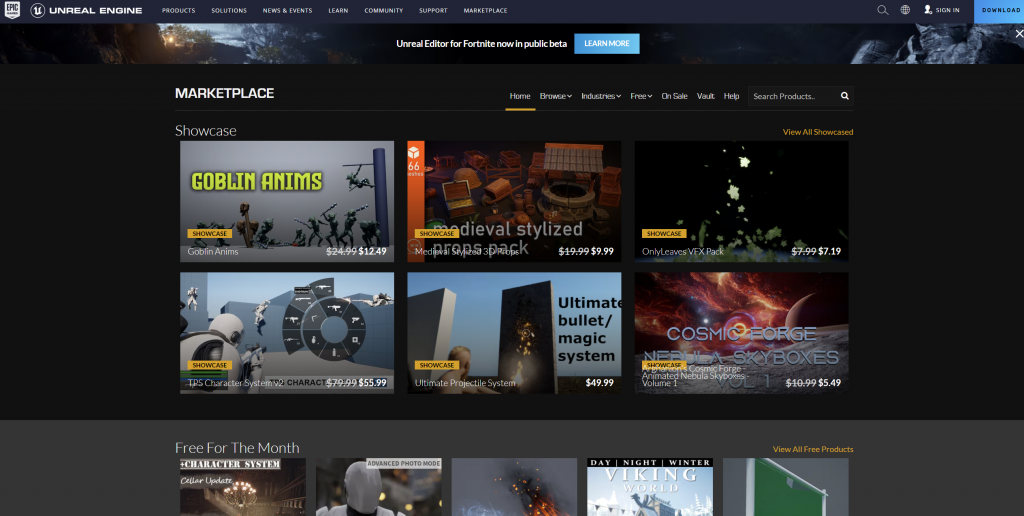
GameMaker Studio: GameMaker Studio is a user-friendly game development tool that enables developers to create games without extensive coding knowledge. It provides a visual scripting system and a drag-and-drop interface, making it accessible to beginners and seasoned developers alike. With its intuitive interface and powerful features, GameMaker Studio is a popular choice for indie game development.
Itch.io: Itch.io is a well-known platform for indie game distribution, allowing developers to upload and sell their games while retaining a significant share of revenue. It offers a wide range of monetization options, including pay-what-you-want pricing, limited-time discounts, and optional donations. Itch.io also provides useful analytics and community features, helping you connect with players and build a dedicated fanbase.
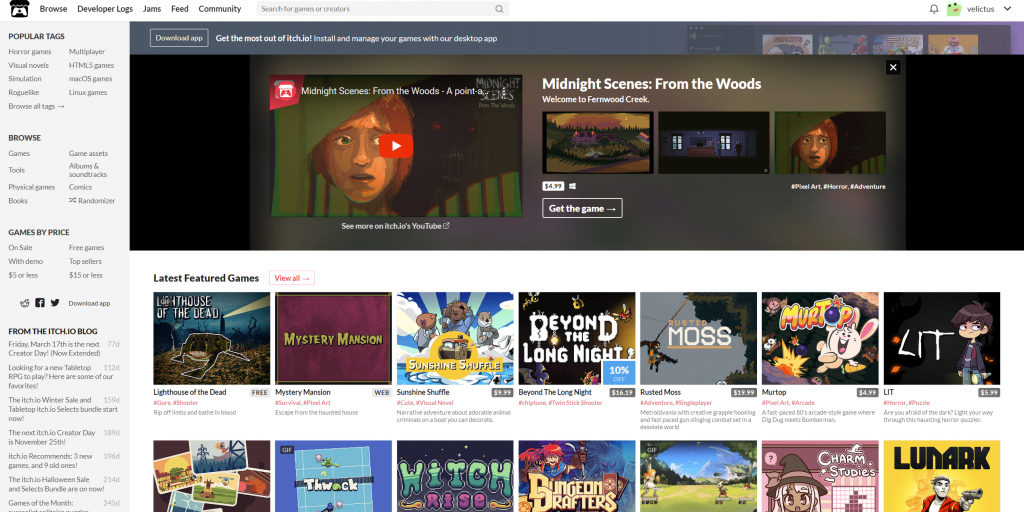
Steam Direct: Steam Direct is Valve’s platform for self-publishing on Steam, one of the largest PC gaming platforms. While the submission process for Steam can be more involved, the potential reach and exposure to a massive user base make it an attractive option. Steam also offers various marketing features, such as Steam keys for promotional purposes and the Steam Workshop for user-generated content.
Funding and Monetization: Securing funding for your indie game project is often a critical aspect. Here are some funding and monetization options to consider:
Crowdfunding Platforms: Crowdfunding platforms like Kickstarter, Indiegogo, and Patreon provide opportunities to generate funds from interested players and supporters. Craft a compelling campaign, showcasing your game’s unique features and rewards for backers. Crowdfunding not only helps with funding but also acts as a form of marketing and community building.
Grants and Contests: Explore opportunities provided by organizations, government bodies, and gaming competitions that offer financial support and exposure. Many industry-specific grants and contests exist to encourage and assist indie game developers. Winning or receiving funding from these sources can provide a significant boost to your project.
Self-funding and External Investments: Investing your own savings or seeking external investments are viable options for funding your indie game. Self-funding allows you to retain full control over your project, but it requires careful budgeting and financial planning. Seeking external investments may involve pitching your game to potential investors, showcasing your vision and potential for success.
Monetization Models: Choose monetization models that suit your game and target audience. One-time purchases, in-app purchases, subscriptions, and advertisements are common options. Consider your game’s mechanics, content, and potential for ongoing engagement when selecting the most appropriate monetization model.
Tips and Tricks for Success: Here are some essential tips to maximize your chances of success as an indie game developer:
Playtesting: Regularly test your game and gather feedback from a diverse group of players. Early and frequent playtesting helps identify and fix issues, fine-tune gameplay mechanics, and improve overall user experience. Iterate based on player feedback to create a game that resonates with your target audience.
Iterative Development: Embrace an iterative development process, which involves regularly iterating on your game’s design, mechanics, and features. Continuously improve your game based on player feedback, market trends, and your own creative vision. Be open to pivoting and adapting your ideas as necessary to create the best possible player experience.
Establish a Brand: Creating a unique brand identity for your game and studio is essential for standing out in a crowded market. Develop a cohesive visual style, logo, and branding elements that reflect the essence of your game. Consistently apply these elements across all marketing materials and platforms to build recognition and establish a memorable presence.
Build a Community: Foster a strong and engaged community around your game. Utilize social media platforms, forums, and live events to interact with your audience, share updates, and gather feedback. Encourage community contributions, such as fan art or modding, to deepen engagement and create a sense of ownership among your players.
Network: Networking is a valuable asset in the indie game development community. Attend gaming conferences, participate in industry events, and join online forums and communities to connect with fellow developers, potential collaborators, and industry professionals. Building relationships and networking can open doors to opportunities, mentorship, and valuable insights.
Success Stories of Self-Published Indie Games
Drawing inspiration from successful indie games can provide valuable insights and motivation. Here are a few notable success stories:
“Undertale” by Toby Fox: “Undertale” gained a massive following due to its unique storytelling, memorable characters, and innovative gameplay mechanics. Despite being developed by a single person, the game’s impactful narrative and distinct art style resonated with players worldwide, leading to widespread critical acclaim and commercial success.
“Stardew Valley” by Eric Barone: “Stardew Valley” captured the hearts of players with its charming retro-style visuals, addictive gameplay, and immersive farming experience. Developed by Eric Barone over four years, the game exemplifies the power of passion, dedication, and community engagement. “Stardew Valley” received rave reviews and sold millions of copies across multiple platforms.
“Cuphead” by Studio MDHR: “Cuphead” stood out for its unique 1930s cartoon art style and challenging gameplay. Developed by Studio MDHR, the game garnered attention for its hand-drawn visuals and meticulous attention to detail. Despite being an indie title, “Cuphead” achieved both critical acclaim and commercial success, showcasing the potential of exceptional craftsmanship and a distinct artistic vision.
“Celeste” by Matt Makes Games: “Celeste” captivated players with its compelling narrative, tight controls, and challenging platforming gameplay. Developed by a small team led by Matt Thorson, the game received critical acclaim for its sensitive portrayal of mental health themes. Its success demonstrated the impact of delivering a meaningful and emotionally resonant experience.
“Hollow Knight” by Team Cherry: “Hollow Knight” enchanted players with its atmospheric world, intricate level design, and deep exploration. Developed by Team Cherry, this Metroidvania-style game gained a dedicated following through its immersive gameplay, captivating art style, and rich lore. “Hollow Knight” became a commercial success, emphasizing the potential for indie games to achieve widespread recognition and acclaim.
Conclusion: Self-publishing an indie game is a challenging yet fulfilling journey. By understanding the indie game landscape, planning meticulously, building a high-quality game, implementing effective marketing strategies, and utilizing the right tools and platforms, you can increase your chances of success. Learn from the experiences of successful indie game developers, stay adaptable, and never underestimate the power of perseverance and passion. Embrace the opportunities that self-publishing offers and let your creativity shine in the world of indie gaming.

